Home>Maintenance & Safety>Child & Elderly Safety at Home>When Should A Child Stop Using A High Chair?


Child & Elderly Safety at Home
When Should A Child Stop Using A High Chair?
Modified: August 16, 2024
Discover when it's time for your child to transition from a high chair to a regular chair for improved child and elderly safety at home. Learn the signs and tips for a smooth transition.
(Many of the links in this article redirect to a specific reviewed product. Your purchase of these products through affiliate links helps to generate commission for Storables.com, at no extra cost. Learn more)
Introduction
Transitioning from a high chair to a regular chair is a significant milestone in a child's development. It marks the shift from infancy to toddlerhood and signals a growing independence and maturity. As a parent or caregiver, understanding the right time to make this transition is crucial for the child's safety and comfort. It's a moment that reflects the child's physical and cognitive readiness to take on new challenges and responsibilities.
This article aims to provide valuable insights into the signs that indicate a child is ready to stop using a high chair, the process of transitioning to a regular chair, and essential safety considerations to ensure a smooth and secure shift. By recognizing these key aspects, parents and caregivers can support their child's development while maintaining a safe and nurturing environment.
The decision to move away from a high chair is not only a practical one but also a symbolic step towards embracing the child's increasing autonomy. It's a time when mealtime dynamics may shift, as the child becomes more integrated into the family table and learns to participate in shared meals. Understanding the nuances of this transition can help parents and caregivers navigate this phase with confidence and ensure that the child feels supported and empowered.
In the following sections, we will explore the signs that indicate a child's readiness to move on from a high chair, the process of transitioning to a regular chair, and the crucial safety considerations that should be prioritized throughout this transition. By delving into these aspects, we aim to equip parents and caregivers with the knowledge and insights needed to facilitate a seamless and safe transition for their child.
Key Takeaways:
- Children are ready to stop using a high chair when they can sit up straight, feed themselves without spilling, show interest in joining family meals, and demonstrate stable behavior during mealtimes.
- Transitioning to a regular chair involves assessing readiness, using a booster seat, encouraging participation, establishing mealtime routines, and prioritizing safety to create a secure and inclusive dining experience for children.
Signs that a Child is Ready to Stop Using a High Chair
-
Physical Stability: When a child can sit up straight and unsupported for an extended period, it indicates improved core strength and stability. This physical milestone is a strong indicator that the child may be ready to transition from a high chair to a regular chair.
-
Motor Skills Development: As a child's fine motor skills progress, they become more adept at self-feeding and drinking from a cup without spilling. This demonstrates an increased level of coordination and control, suggesting that the child may be ready to sit at a regular chair.
-
Interest in Independence: When a child shows eagerness to participate in mealtime activities and expresses a desire to sit with the rest of the family at the table, it reflects a growing sense of independence and a readiness to move beyond the confines of a high chair.
-
Age and Weight: While age and weight are not definitive indicators, they can provide a general guideline. Most children are ready to transition from a high chair between the ages of 18 months and 3 years, depending on their individual development and physical capabilities.
-
Behavior at Mealtime: If a child consistently demonstrates the ability to remain seated and focused during mealtime, showing less inclination to squirm or attempt to climb out of the high chair, it suggests that they may be prepared to transition to a regular chair.
Recognizing these signs is essential for ensuring a smooth and timely transition for the child. It's important to approach this milestone with sensitivity to the child's individual readiness and comfort, allowing them to embrace this new phase at their own pace. Understanding these signs empowers parents and caregivers to make informed decisions regarding the child's transition from a high chair to a regular chair, fostering a sense of independence and confidence in the child's evolving capabilities.
Transitioning from a High Chair to a Regular Chair
Transitioning from a high chair to a regular chair is a significant step in a child's development, marking their increasing independence and integration into family mealtime routines. This process should be approached with patience and attentiveness to ensure a smooth and comfortable shift for the child. Here's a detailed look at the key considerations and steps involved in this transition:
Assessing Readiness:
Before initiating the transition, it's crucial to assess the child's readiness based on the signs mentioned earlier. Observing their physical stability, motor skills, interest in independence, and behavior at mealtime provides valuable insights into their readiness to move to a regular chair. It's important to remember that each child develops at their own pace, so a flexible and individualized approach is essential.
Introducing a Booster Seat:
To facilitate the transition, many parents opt to use a booster seat as an intermediary step between the high chair and a regular chair. A booster seat provides the necessary elevation and support, allowing the child to sit comfortably at the table while ensuring they are secure and stable. This gradual shift can help the child acclimate to the new seating arrangement while maintaining a sense of familiarity and safety.
Encouraging Participation:
As the child begins using a regular chair or a booster seat, it's important to encourage their active participation in mealtime activities. Involving them in setting the table, serving food, and engaging in age-appropriate conversations fosters a sense of inclusion and reinforces their role as a valued member of the family during mealtimes.
Establishing Mealtime Routines:
Consistency is key when transitioning from a high chair to a regular chair. Establishing consistent mealtime routines and expectations helps the child adapt to the new seating arrangement. Clear guidelines regarding sitting behavior, table manners, and expectations during meals provide a sense of structure and security for the child.
Providing Support and Encouragement:
Throughout the transition, offering support and encouragement is essential. Acknowledging the child's efforts to adapt to the regular chair and praising their growing independence can boost their confidence and motivation. It's important to create a positive and nurturing environment that allows the child to embrace this new phase with enthusiasm.
By approaching the transition from a high chair to a regular chair with attentiveness and understanding, parents and caregivers can support the child's evolving independence and foster a positive and inclusive mealtime experience. This milestone not only signifies the child's physical readiness but also their increasing integration into family dynamics, laying the foundation for meaningful shared mealtimes and valuable bonding experiences.
Safety Considerations
Ensuring the safety of a child during the transition from a high chair to a regular chair is paramount. Parents and caregivers must prioritize several key safety considerations to create a secure environment for the child as they embrace this new phase of independence.
Read more: When Can Babies Use A High Chair?
Stability and Support
When transitioning to a regular chair or booster seat, it's essential to prioritize stability and support. The chosen chair should be sturdy and well-balanced to prevent tipping or wobbling. Additionally, ensuring that the child's feet can rest comfortably on a stable surface helps promote proper posture and stability during mealtime.
Harness or Safety Straps
Many high chairs are equipped with harnesses or safety straps to secure the child in place. When transitioning to a regular chair or booster seat, parents should consider using a portable harness or travel booster seat with built-in safety straps. These additional safety measures help prevent the child from slipping or standing up during meals, reducing the risk of falls or injuries.
Height and Proximity to the Table
The child's seating arrangement should allow them to sit comfortably at the table, with their elbows resting at a 90-degree angle when eating. This promotes proper posture and ensures that the child can reach their food and utensils without straining. Additionally, maintaining an appropriate distance from the table edge helps prevent accidental spills or leaning too far forward.
Childproofing the Dining Area
As the child transitions to a regular chair, it's crucial to childproof the dining area to minimize potential hazards. This includes securing tablecloths, placemats, and any sharp or fragile items that may be within the child's reach. Creating a safe and child-friendly dining environment reduces the risk of accidents and promotes a sense of security for both the child and caregivers.
Supervision and Guidance
During the transition period, close supervision and guidance are essential to ensure the child's safety. Parents and caregivers should actively monitor the child's behavior at the table, offering gentle reminders about proper sitting posture and safe dining practices. This hands-on approach helps instill good habits and reinforces the importance of mealtime safety.
Education and Communication
Incorporating age-appropriate education about dining safety and etiquette is valuable during the transition. Engaging the child in conversations about safe dining practices, such as using utensils properly and sitting attentively, fosters a sense of awareness and responsibility. Open communication about safety expectations empowers the child to take an active role in maintaining a secure dining environment.
By prioritizing these safety considerations, parents and caregivers can facilitate a smooth and secure transition for the child from a high chair to a regular chair. This proactive approach not only safeguards the child's well-being but also nurtures a positive and empowering mealtime experience, allowing the child to embrace their growing independence with confidence and security.
Conclusion
The transition from a high chair to a regular chair marks a significant developmental milestone in a child's journey towards independence and integration into family mealtimes. Recognizing the signs that indicate a child's readiness to move on from a high chair, such as physical stability, motor skills development, and an interest in independence, empowers parents and caregivers to make informed decisions regarding this transition.
As the child begins using a regular chair or a booster seat, it's essential to approach this phase with patience and attentiveness. Encouraging their active participation in mealtime activities, establishing consistent mealtime routines, and providing support and encouragement are crucial elements in facilitating a smooth and comfortable shift for the child.
Prioritizing safety considerations, including stability and support, the use of harnesses or safety straps, and childproofing the dining area, creates a secure environment for the child as they embrace this new phase of independence. Close supervision, guidance, and age-appropriate education about dining safety and etiquette further contribute to fostering a positive and empowering mealtime experience.
By recognizing the child's individual readiness and comfort, parents and caregivers can navigate this transition with confidence, ensuring that the child feels supported and empowered. This milestone not only signifies the child's physical readiness but also their increasing integration into family dynamics, laying the foundation for meaningful shared mealtimes and valuable bonding experiences.
In conclusion, the transition from a high chair to a regular chair is a momentous step that reflects the child's growth and increasing autonomy. By understanding the signs of readiness, facilitating a smooth transition, and prioritizing safety and support, parents and caregivers can create a nurturing and inclusive mealtime experience for the child. This pivotal transition not only enhances the child's independence but also strengthens the familial bond, fostering a sense of togetherness and shared joy during mealtimes.
Frequently Asked Questions about When Should A Child Stop Using A High Chair?
Was this page helpful?
At Storables.com, we guarantee accurate and reliable information. Our content, validated by Expert Board Contributors, is crafted following stringent Editorial Policies. We're committed to providing you with well-researched, expert-backed insights for all your informational needs.
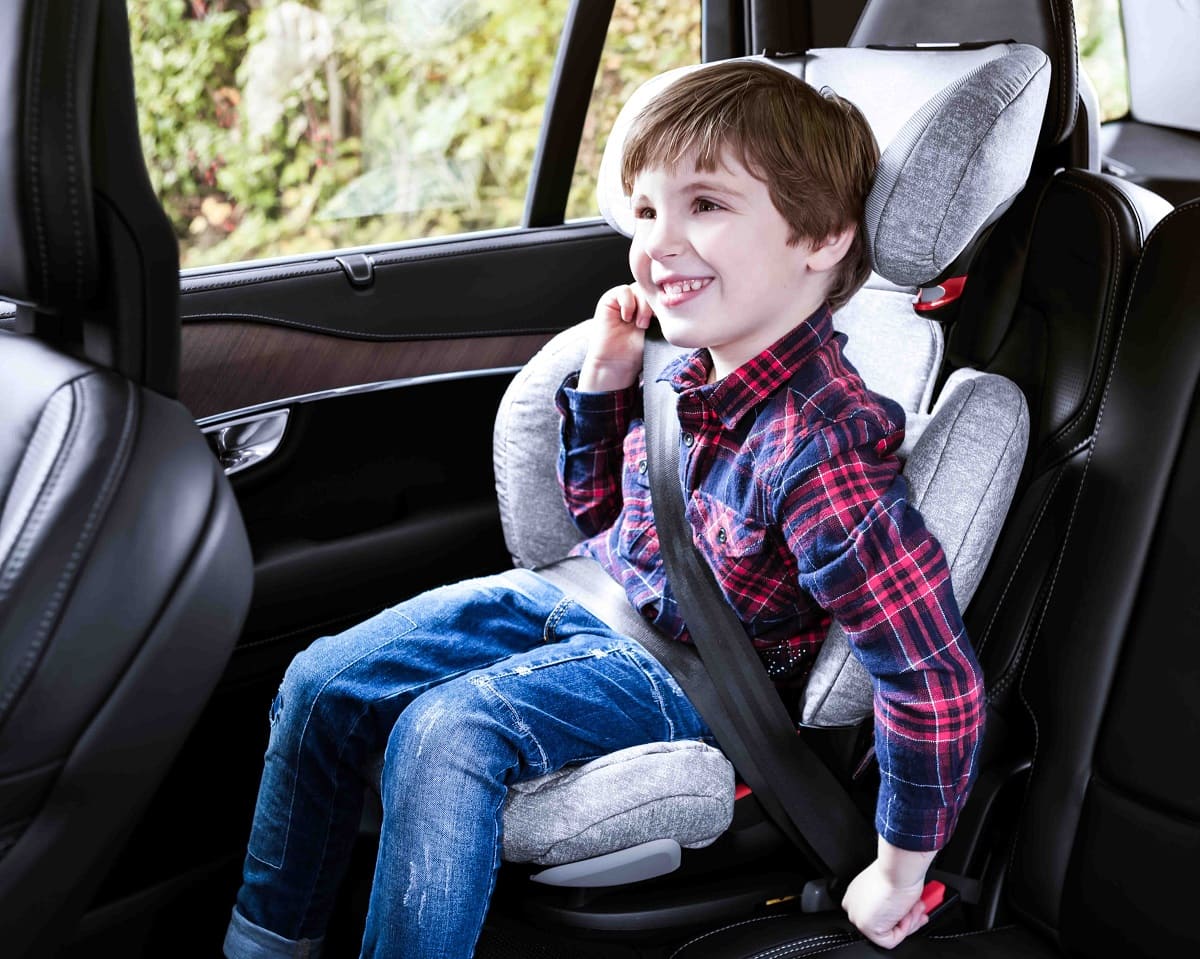
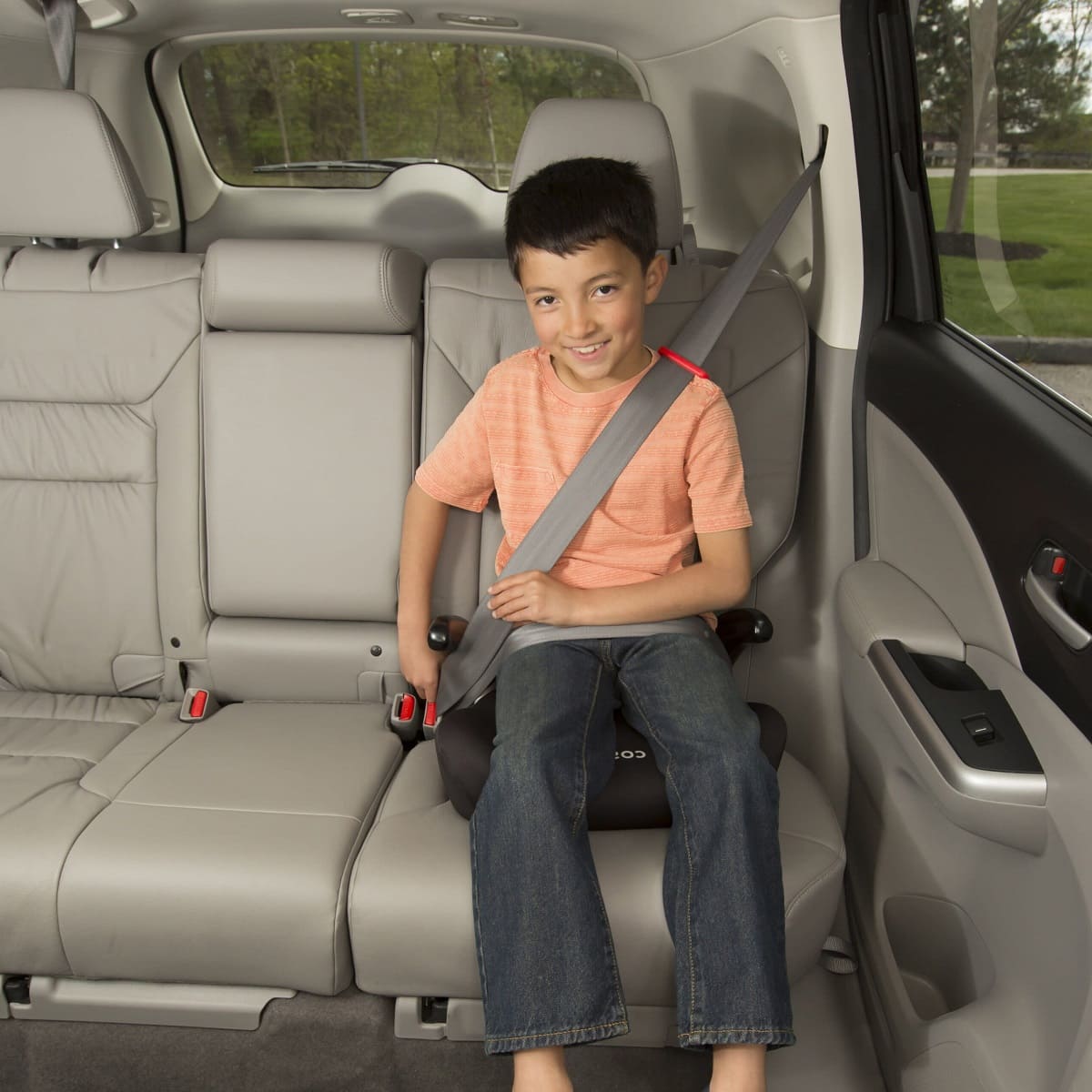


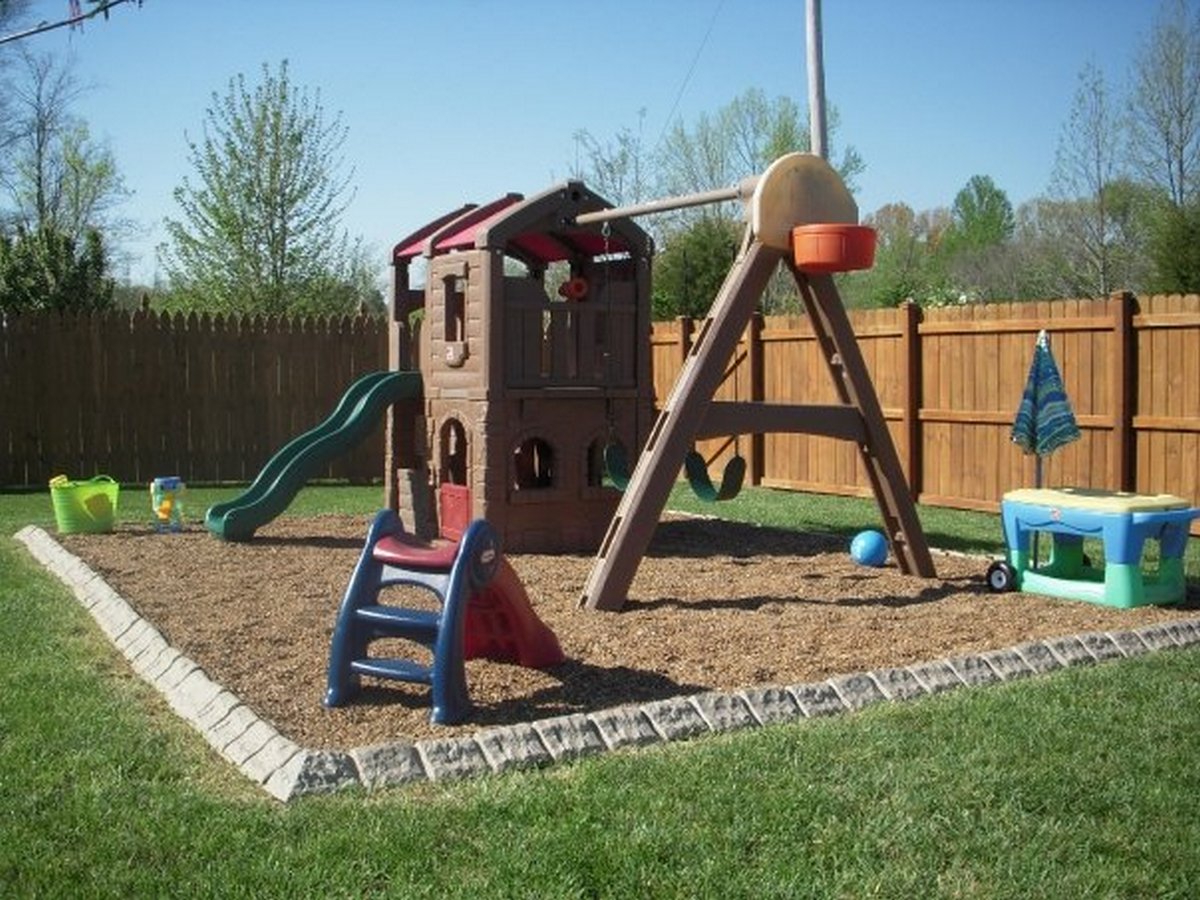
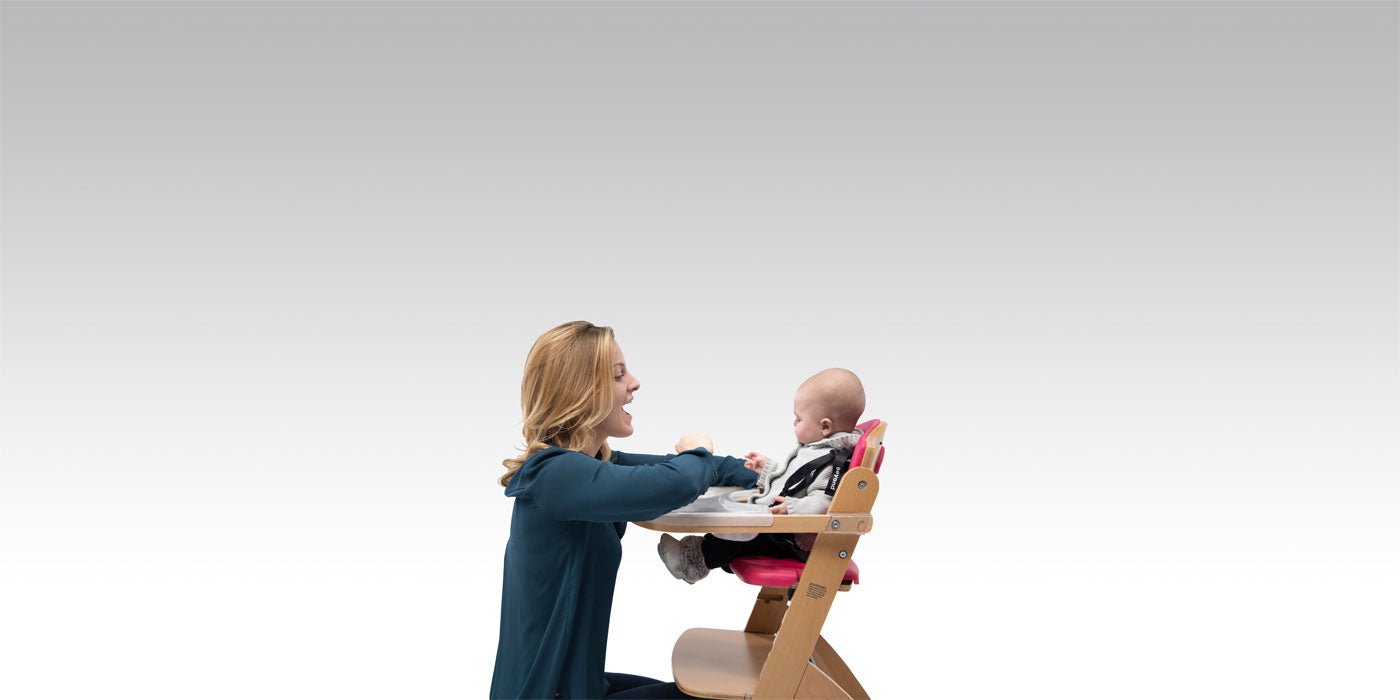


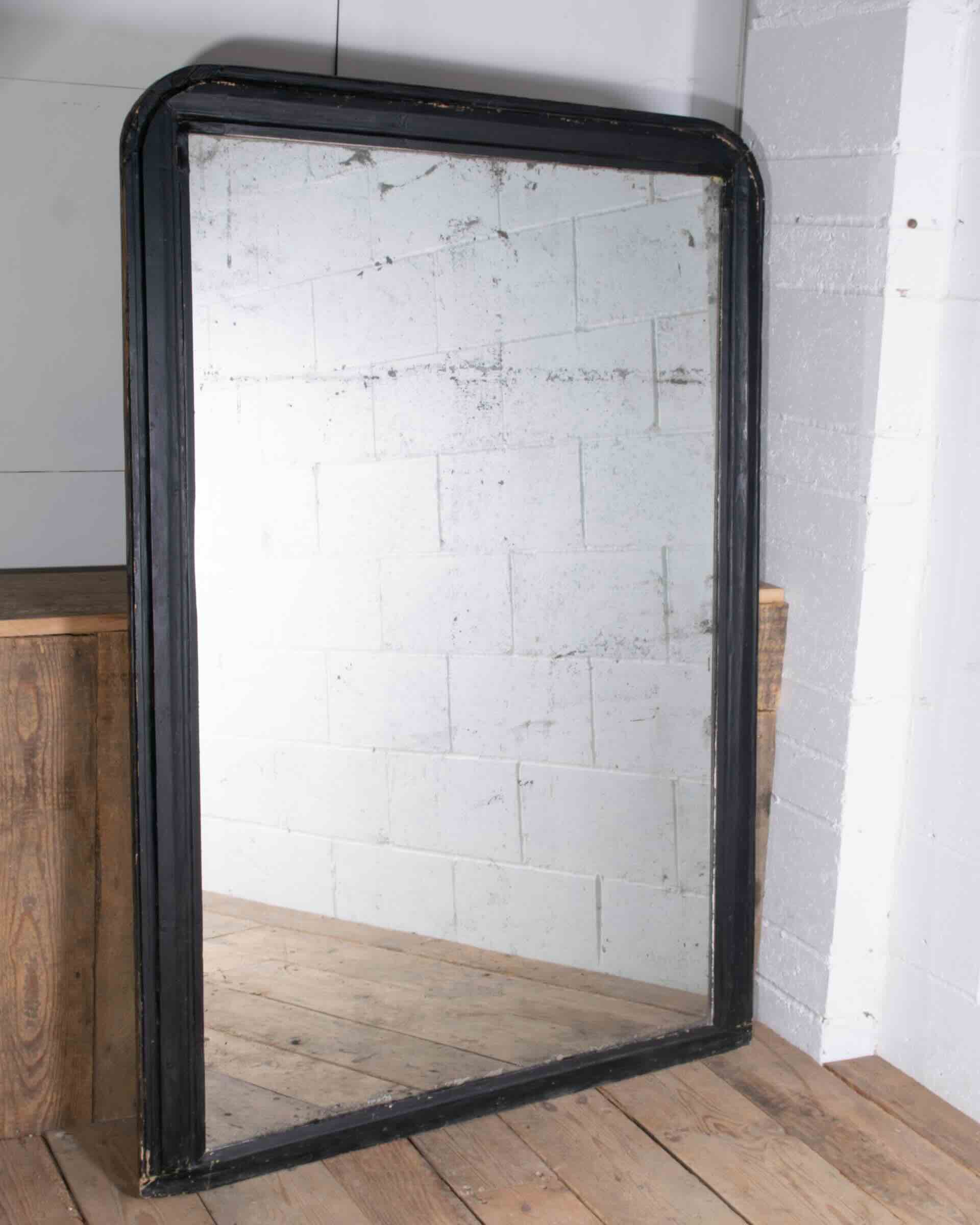
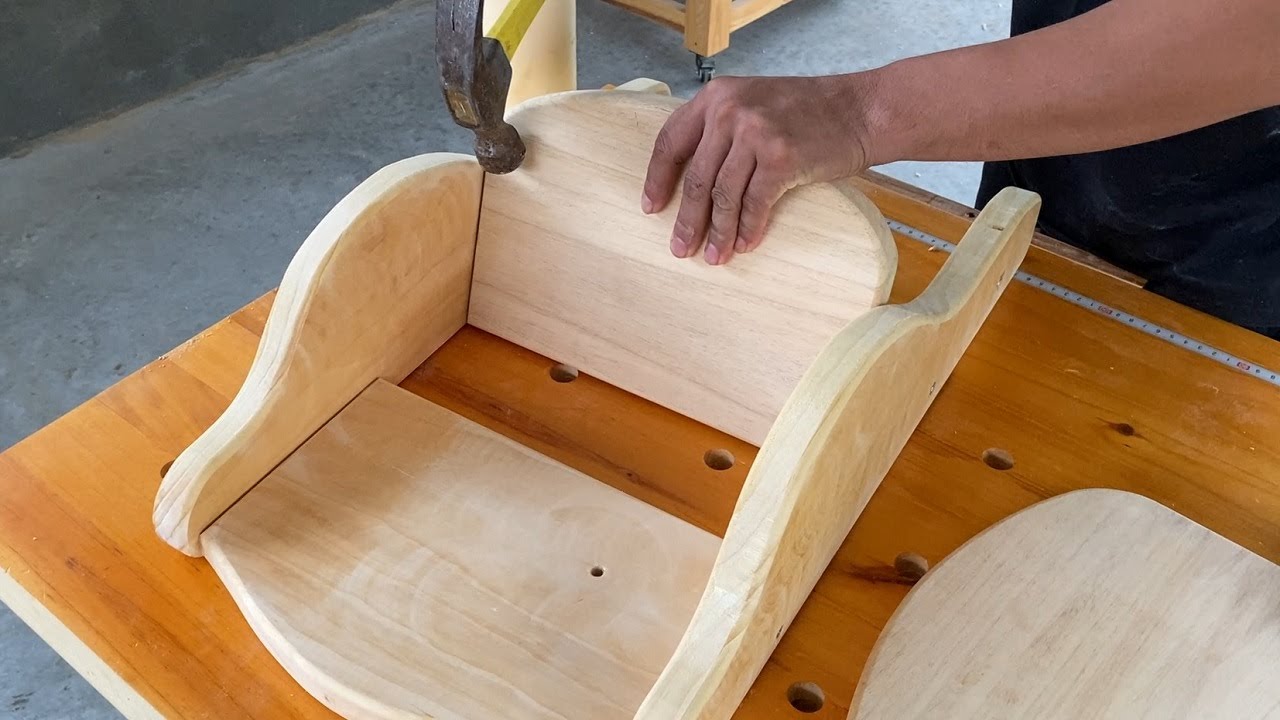
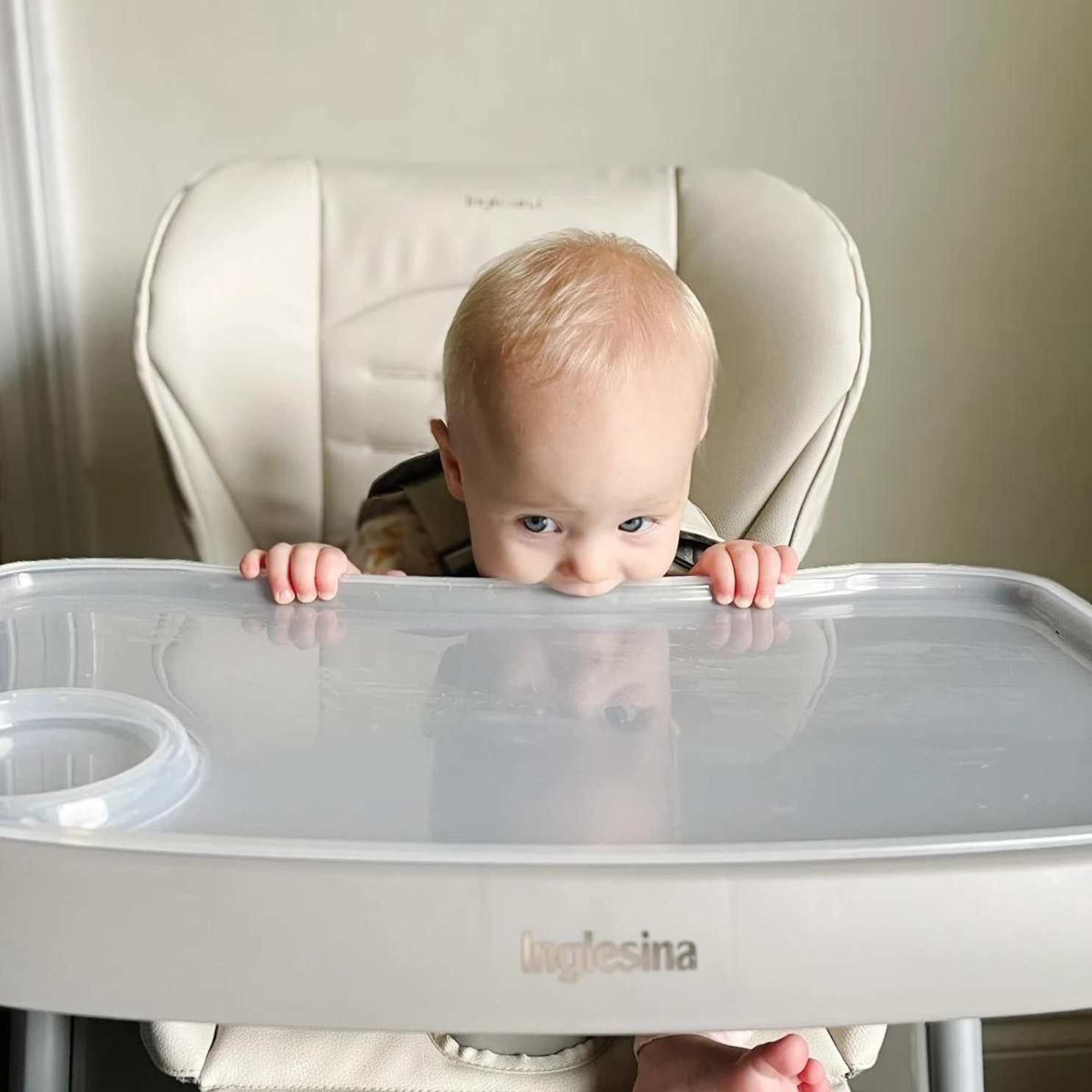
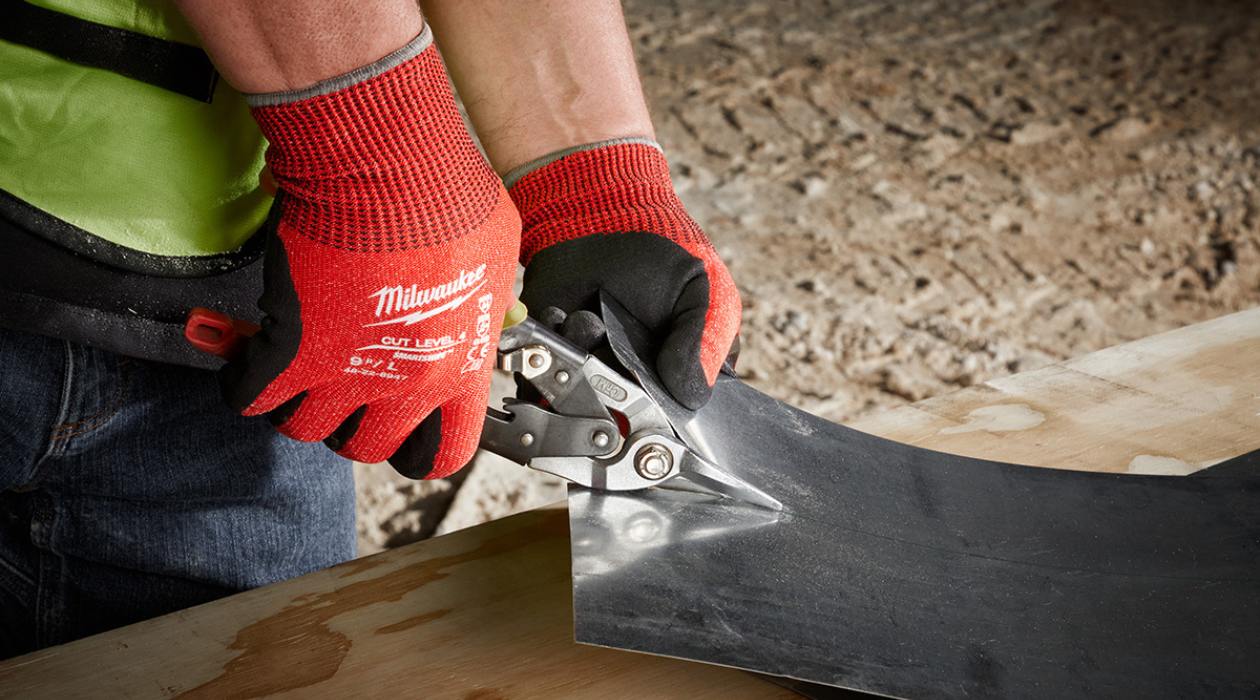

0 thoughts on “When Should A Child Stop Using A High Chair?”